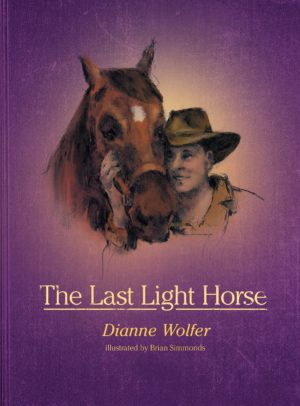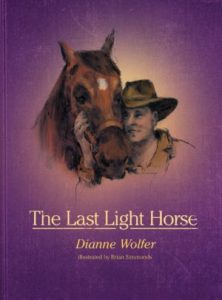




 Australian author Dianne Wolfer has won numerous awards for her many children’s books that range from picture books, to middle-grade readers, and in this case, short historical fiction books. The Last Light Horse is one of her newest books as well as the fourth and final instalment in her Light series that also contains, Lighthouse Girl, Light Horse Boy, and In the Lamplight.
Australian author Dianne Wolfer has won numerous awards for her many children’s books that range from picture books, to middle-grade readers, and in this case, short historical fiction books. The Last Light Horse is one of her newest books as well as the fourth and final instalment in her Light series that also contains, Lighthouse Girl, Light Horse Boy, and In the Lamplight.Error: Contact form not found.
